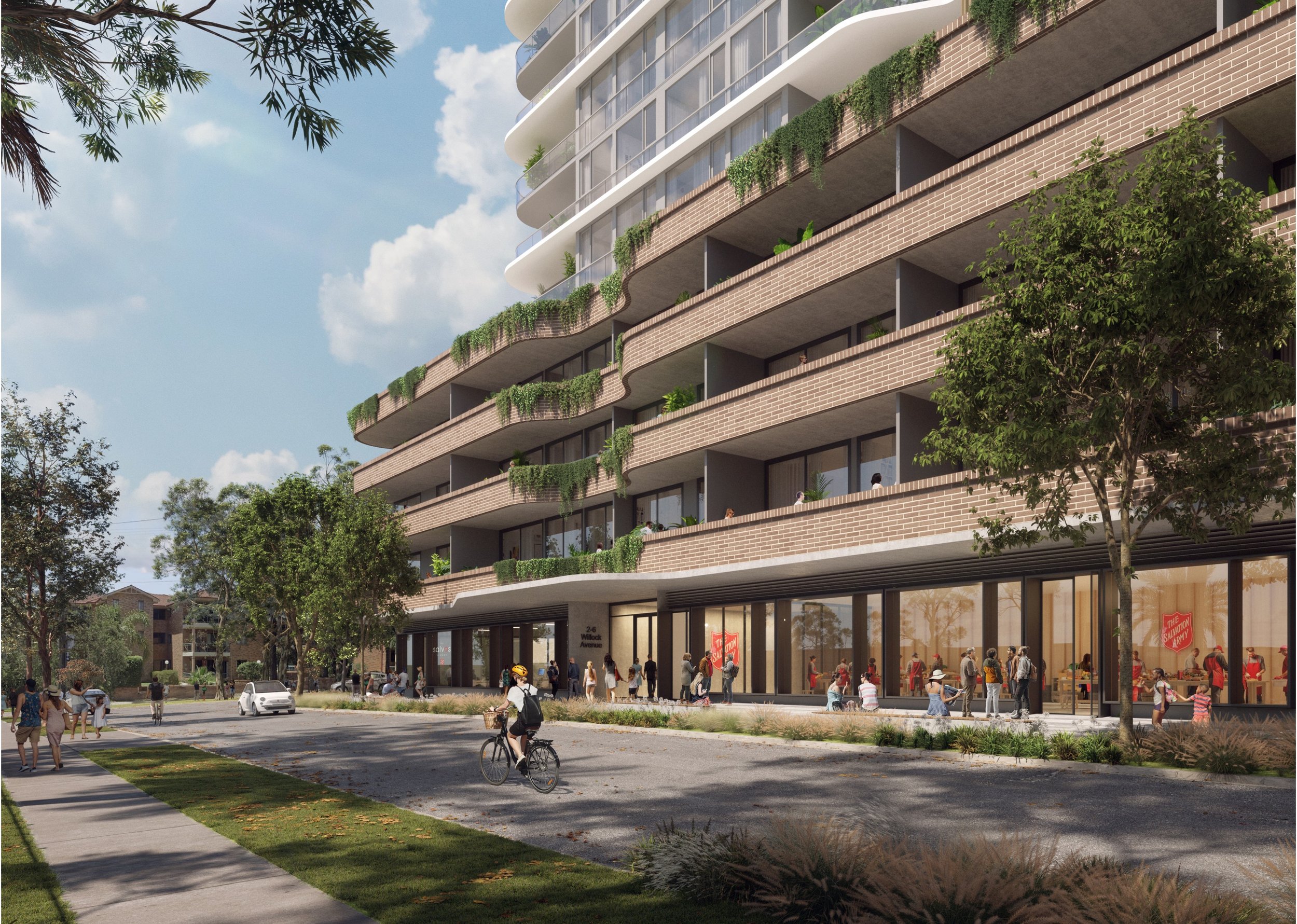The planning process
On Tuesday, 18 February 2025, NSW Planning Minister Paul Scully announced that the Miranda Renewal project has been identified by the NSW Housing Delivery Authority (HDA) as suitable for the fast-tracked HDA Planning Pathway.
The HDA Planning Pathway is a key initiative of the NSW Government, designed to help address the state's housing shortage by accelerating approvals for well-planned, high-quality projects that contribute to housing supply and affordability.
As part of our commitment to delivering much-needed homes and vibrant community spaces, we are exploring the HDA Planning Pathway for our 23 Kiora Road, Miranda Renewal project.
This alternative planning process applies to developments of state significance, such as major residential projects with affordable housing components, ensuring they receive a streamlined yet rigorous assessment by the NSW Department of Planning, Housing & Infrastructure. This opportunity aligns with our focus on efficiency, transparency, and excellence in planning and design.
We will continue to engage with all stakeholders and provide updates as we progress through this exploration phase.
State Significant Development process
Once a project is designated as a State Significant Development (SSD) in New South Wales, it undergoes a structured assessment and approval process to ensure it aligns with state planning objectives and community interests.
The planning process is detailed and lengthy and requires significant reports and community consultation before being considered by the relevant planning authorities. Find out more about the process at https://www.planning.nsw.gov.au/policy-and-legislation/housing/housing-delivery-authority
Here's an overview of the key steps involved once a project has achieved SSD status:
-
The developer submits an initial request to the NSW Department of Planning, Housing & Infrastructure, which then provides a list of requirements (called SEARs). These outline what studies and reports are needed before the project can move forward.
-
The developer prepares a detailed Environmental Impact Statement (EIS), which is a comprehensive report assessing how the project might affect the environment, traffic, local services, and the community. It includes various technical studies such as traffic and transport assessments, environmental studies, social and economic impact reports, heritage and cultural assessments, and community engagement summaries.
The EIS also outlines plans to manage any negative impacts, ensuring the project is well-planned and sustainable.
-
The EIS and project details are made available for public review (usually for 28 days). This allows community members, councils, and other stakeholders to have their say and raise any concerns.
-
The developer reviews all the feedback and submits a response to the Department, sometimes adjusting the project to address concerns raised by the community or government agencies.
-
The NSW Department of Planning, Housing & Infrastructure carefully reviews all the documents, feedback, and any project changes to see if it meets planning rules and government priorities.
-
If approved, conditions may be added to ensure the development is well-managed.
-
Once approved, the project can begin, but the developer must follow strict conditions and reporting requirements to ensure they meet all planning and environmental obligations.
This process ensures that major projects are thoroughly assessed, balancing the need for new housing with environmental protection, infrastructure capacity, and community interests.

